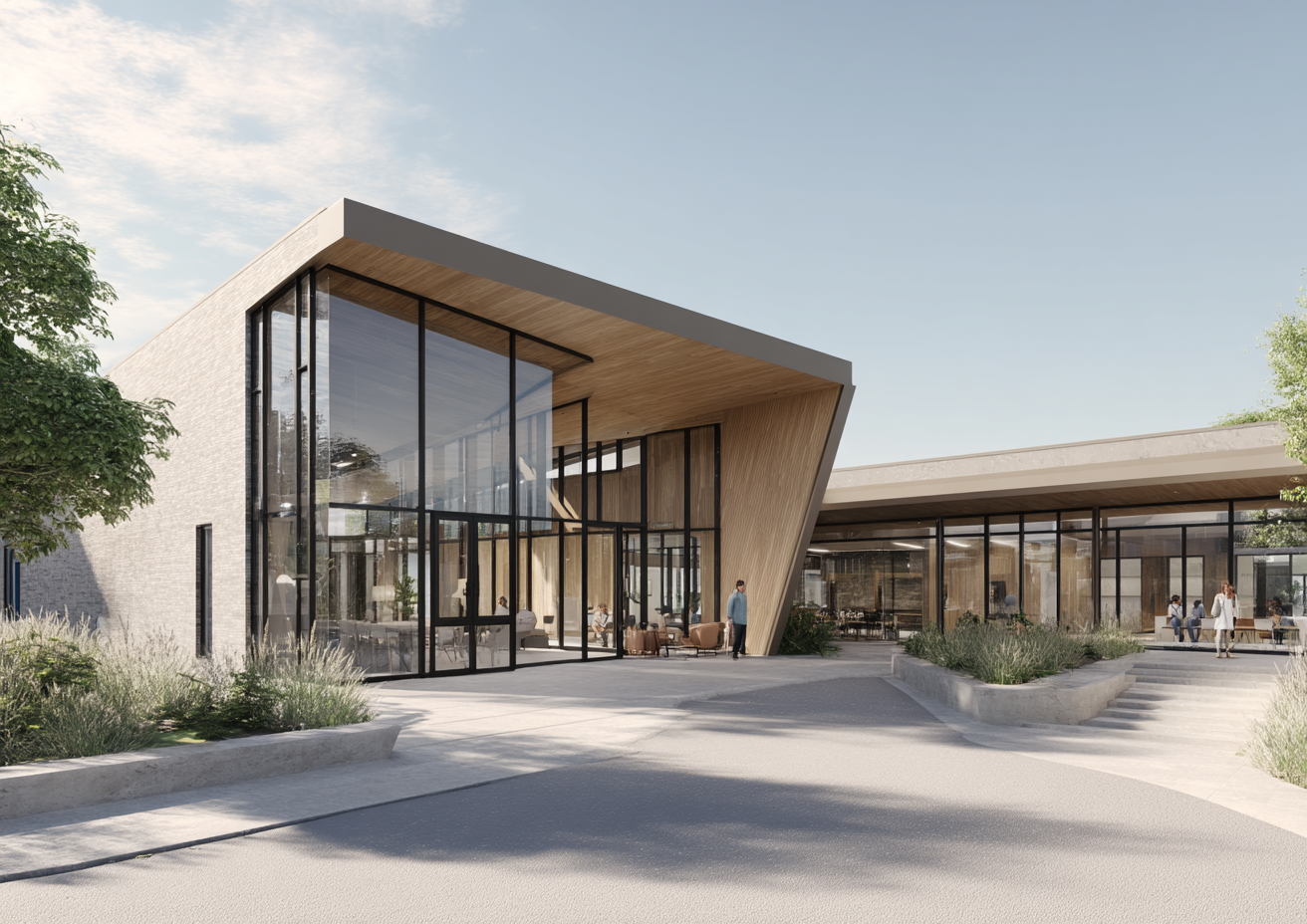The rise of ambulatory care has significantly transformed the landscape of inpatient care within the United States. With hospitals increasingly becoming hubs for outpatient services, healthcare leaders must navigate a paradigm shift that influences how patient care is delivered. As outpatient volumes grow, understanding the effects on inpatient services becomes crucial, particularly as hospitals face rising patient acuity and workforce shortages. This article delves into these dynamics and presents actionable insights for healthcare leaders and administrators.
The Growth of Ambulatory Care
Over the past few years, the expansion of ambulatory care services—including urgent care, community health centers, and primary care clinics—has dramatically changed patient pathways. According to Becker’s Hospital Review, outpatient surgeries and other non-emergency treatments are becoming more commonplace, leading to a decline in traditional inpatient admissions. This trend forces hospital administrators to rethink their care models, significantly influencing workforce demands and operational strategies.
For instance, the shifts in healthcare demand have resulted in a notable increase in the complexity of care delivered in inpatient settings. More patients now enter hospitals with multiple chronic conditions that may require intense monitoring and specialized interventions.
Challenges of Rising Inpatient Acuity
As the shift in care practices gains momentum, a key challenge emerges: increasing inpatient acuity levels. Hospitals are witnessing a surge in the complexity of cases, which places immense pressure on existing staffing resources. Therefore, addressing the following challenges is essential:
- Workforce Shortages: With nurses and specialists becoming increasingly scarce, hospitals must innovate to attract and retain skilled professionals.
- Care Model Redesign: Developing new care pathways that incorporate outpatient and inpatient care cohesively can enhance patient outcomes and operational efficiency.
- Technology Integration: Leveraging technology to streamline patient monitoring and enhance communication can significantly alleviate the burden on clinical staff.
Strategic Solutions to Tackle these Challenges
Healthcare organizations must adopt a proactive approach to address these challenges. Here are several compelling strategies:
- Creating Flexible Staffing Models: Employing a flexible staffing model allows hospitals to meet patient needs effectively. Utilizing a mix of full-time, part-time, and contingent workforce solutions can better match staff availability with fluctuating patient volumes.
- Innovative Training Programs: Developing and implementing training programs that focus on new technologies and evolving care models will prepare clinical staff for the complexities of modern patient care.
- Enhancing Collaboration: Building interdisciplinary teams that facilitate communication between various care sectors is vital. This approach ensures continuity of care from outpatient settings to inpatient services.
The Role of Technology in Transitioning Care Models
Technological advancements play a pivotal role in seamlessly integrating ambulatory care with inpatient services. Health information technology, telehealth, and digital health tools enable providers to monitor patients effectively outside of traditional hospital settings. These innovations can lead to better patient outcomes and reduce the pressure on inpatient resources.
For example, integrating telehealth solutions allows specialists to conduct follow-ups without requiring patients to return to the hospital. As a result, this frees up hospital capacity and ensures optimal use of resources.
Real-World Examples of Successful Adaptation
Numerous healthcare organizations across the United States have successfully adapted their inpatient care models in response to the ambulatory care surge:
- Memorial Hermann Health System: This Texas-based health system implemented an integrated care model that improves patient transitions from outpatient to inpatient care. Real-time data sharing among healthcare teams has resulted in better care coordination.
- Cleveland Clinic: They adopted technology to streamline patient workflows, enabling focused care for more complicated infections and diseases in their inpatient units, distinctly reducing hospital readmissions.
Preparing for Future Trends in Healthcare Delivery
With the ongoing evolution of healthcare, hospital leaders must remain vigilant and adaptive. The future of inpatient care will likely continue to be influenced by ambulatory growth, necessitating new strategies and innovations. Therefore, focusing on workforce development, care model redesign, and technology integration is crucial.
As trends evolve, healthcare professionals should ask themselves critical questions: What new technologies can I implement to streamline operations? How can I foster a culture of continuous learning within my team? Who can I collaborate with to enhance my hospital’s service delivery?
Conclusion
In conclusion, the transformation driven by ambulatory care growth presents both challenges and opportunities for the inpatient care sector. By understanding patient dynamics and implementing innovative staffing solutions, hospital administrators can navigate these complex changes effectively. Engaging with your healthcare teams to explore innovative care models is vital, ensuring that your organization remains at the forefront of delivering exceptional patient care. Empower your staff, embrace technological advancements, and seize the potential of integrated care pathways as you adapt to this evolving landscape.





